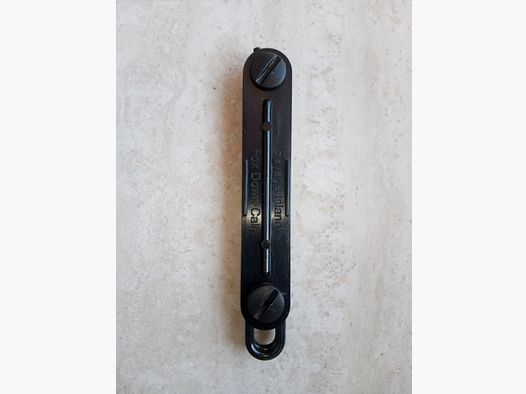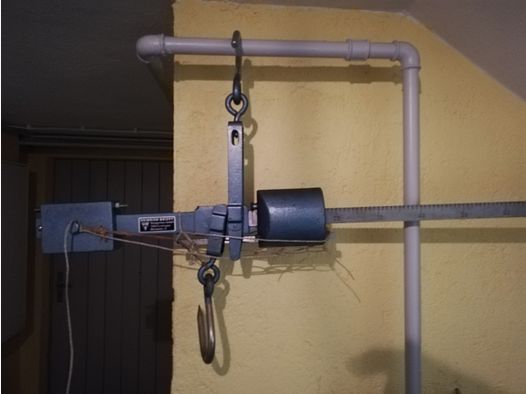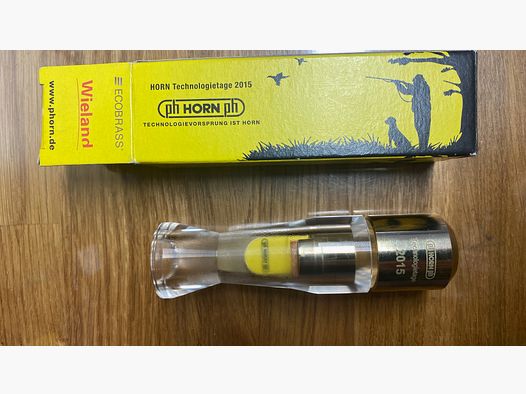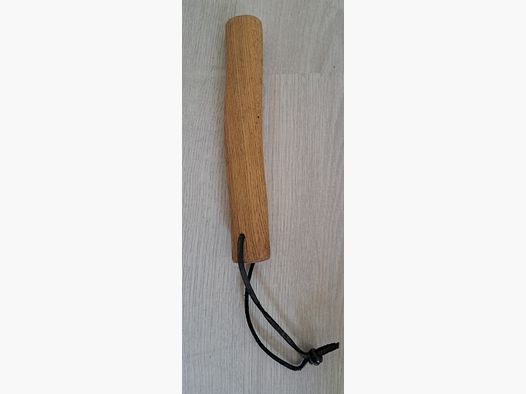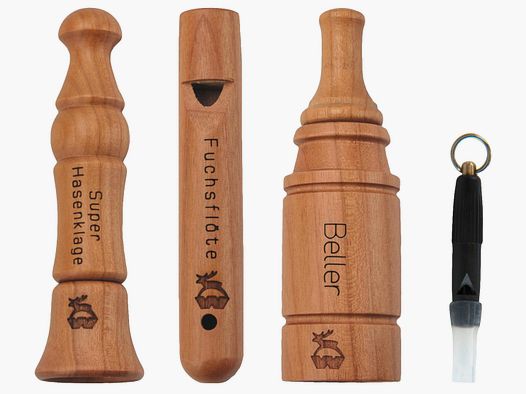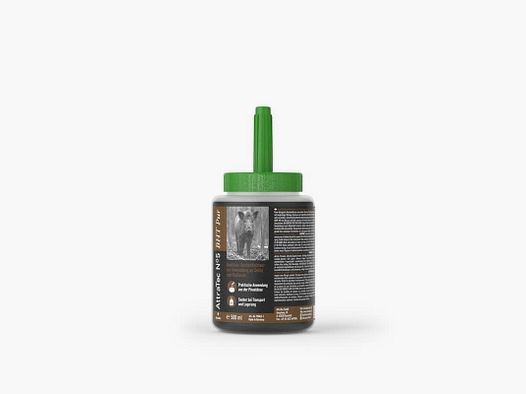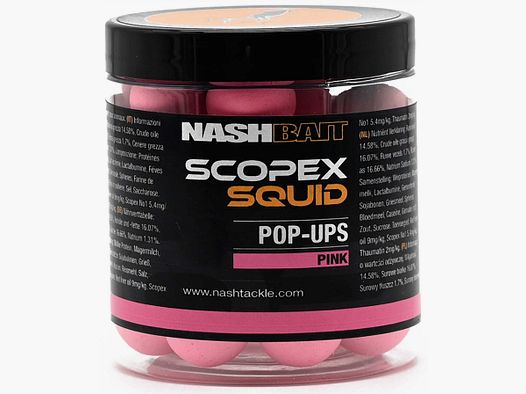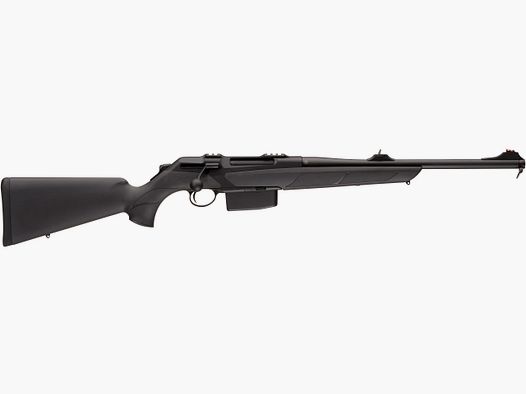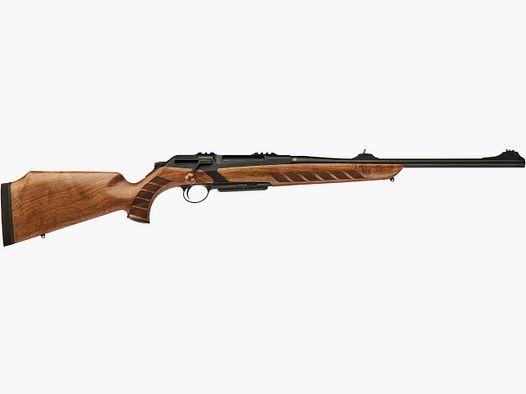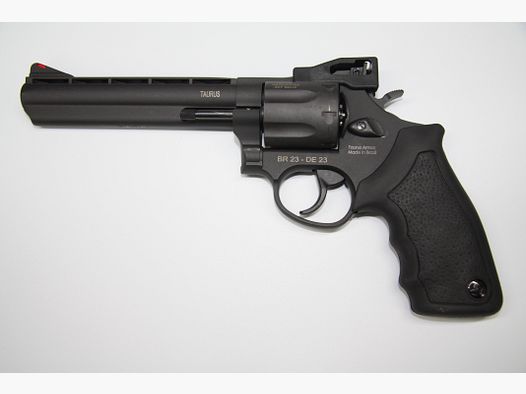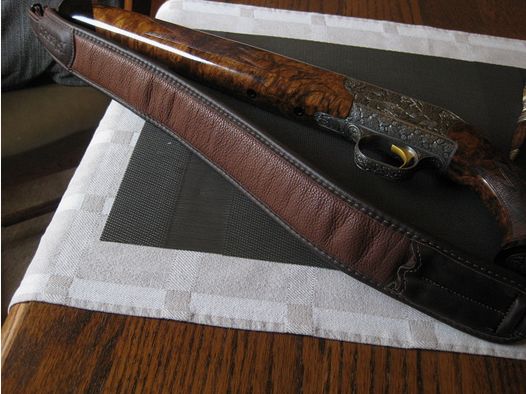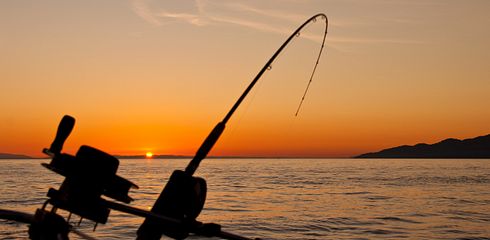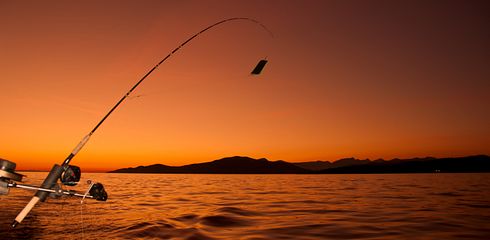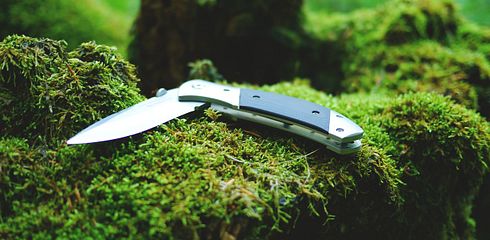The fishing rod is not just a tool, but an extension of your skills as an angler. To ensure it functions reliably and maintains its performance, regular maintenance is essential. This comprehensive guide details maintenance tips for beginners to ensure your fishing rod is always in top condition and that you enjoy your hobby for a long time.
1. The Importance of Fishing Rod Maintenance
Before we dive into the specific steps for maintenance, let's take a look at why maintaining your fishing rod is so important. A well-maintained rod not only improves its lifespan but also its performance. Here are some reasons why maintenance is crucial:
Preservation of Sensitivity: A clean and well-maintained rod retains its sensitivity. You can feel the slightest bites and react more quickly to the fish's movements.
Extension of Lifespan: Regular maintenance protects the rod from wear and increases its lifespan. This saves money in the long run and ensures you don't unexpectedly have to buy a new rod.
Improvement of Casting Distance and Accuracy: Clean guides and an intact line guide help the bait glide smoothly through the rod. This significantly improves casting distance and accuracy.
2. Cleaning the Rod After Use
After each fishing trip, it is advisable to thoroughly clean your rod. Here are the steps for effective cleaning:
Remove Residues: Rinse the rod under running water to remove salt residues, sand, or dirt. Pay special attention to the guides and the line guide.
Use Mild Soap: If necessary, you can use mild soap and a soft brush to remove stubborn dirt. Make sure to rinse the rod thoroughly afterward to remove all soap residues.
Drying: Let the rod air dry. Avoid direct sunlight, as this can damage the rod's material.
3. Checking the Rod Guides and Line Guide
The rod guides (also known as guides) and the line guide are crucial for good casting performance. Here are the steps for checking and maintaining them:
Check for Cracks and Damage: Inspect each guide carefully for cracks or signs of wear. Damaged guides can damage the line and impair casting performance.
Clean the Rod Guides: If necessary, use a soft brush to remove dirt or line remnants from the rod guides. Regular cleaning prevents the guides from sticking.
Check the Line Guide: Ensure that the line guide is free from dirt and damage. A smooth line guide is essential for optimal performance.
4. Checking and Maintaining the Rod Handle
The rod handle is not only the part you touch the most, but it also contributes significantly to comfort and control. Here are some tips for maintenance:
Cleaning the Handle: Use a mild cleaning agent and a soft cloth to remove sweat, oil, or dirt from the rod handle.
Check for Cracks: Inspect the rod handle for cracks or signs of wear. A damaged handle should be replaced in a timely manner to ensure comfort and control.
5. Storing the Rod
Proper storage is crucial to protect your fishing rod from damage:
Use Rod Socks or Bags: Rod socks or bags provide extra protection against bumps and scratches, especially when transporting multiple rods.
Storage in a Safe Place: Store your rods in a dry and safe place to avoid damage. Avoid storing rods in excessively warm or cold places.
Conclusion: Attention to Detail Makes the Difference
Maintaining your fishing rod doesn't take much time, but it pays off in the form of a longer lifespan and better performance. It is the attention to detail that makes the difference. Regular cleaning, checking, and maintenance will ensure that your fishing rod is always ready when you are by the water. Take care of your gear, and it will serve you well as you explore the waters for your next catch. Tight lines!



